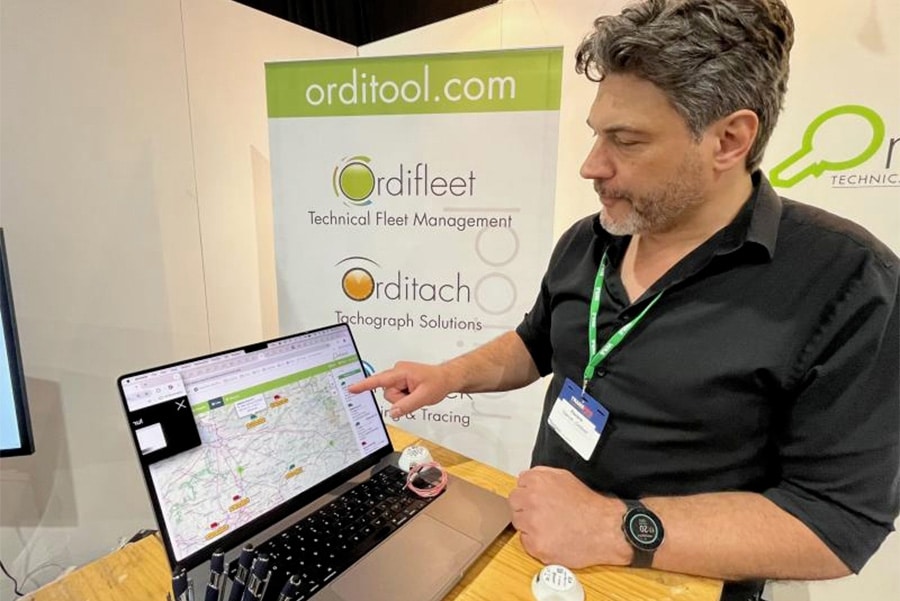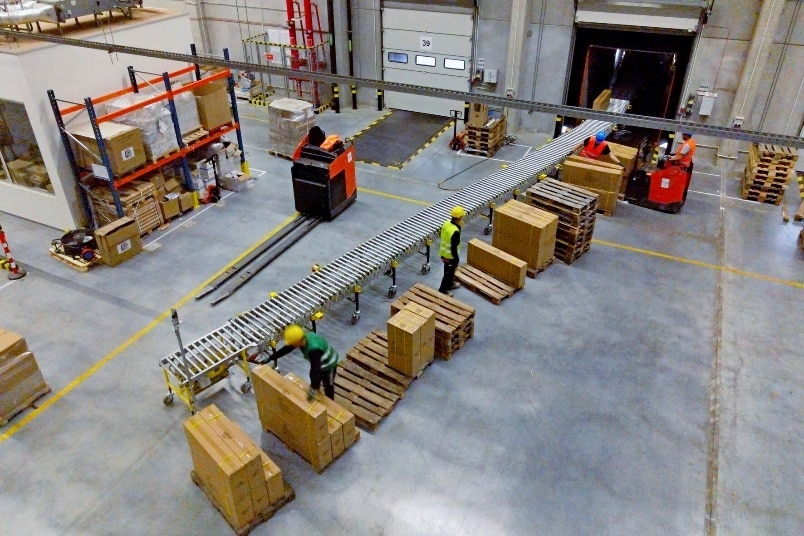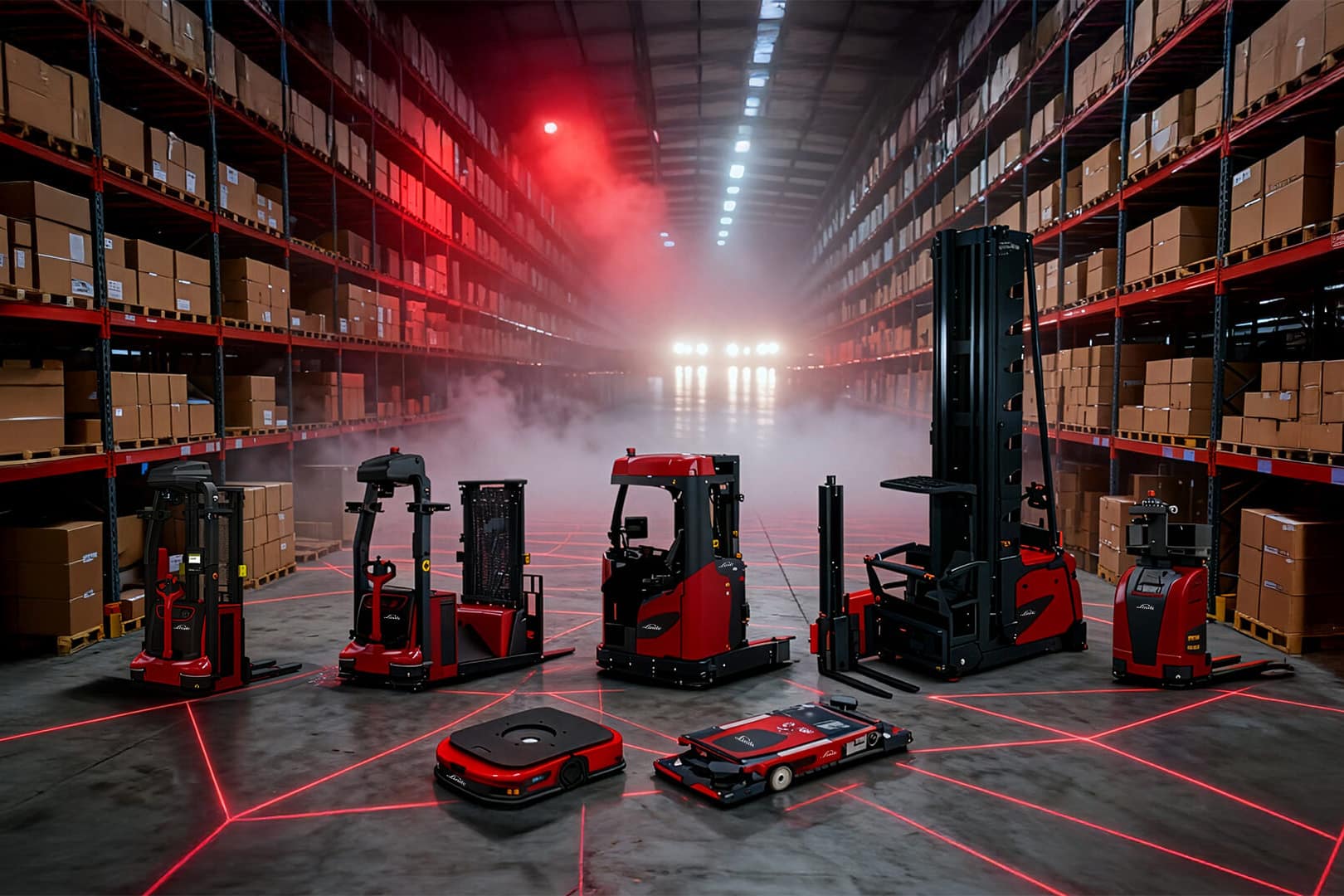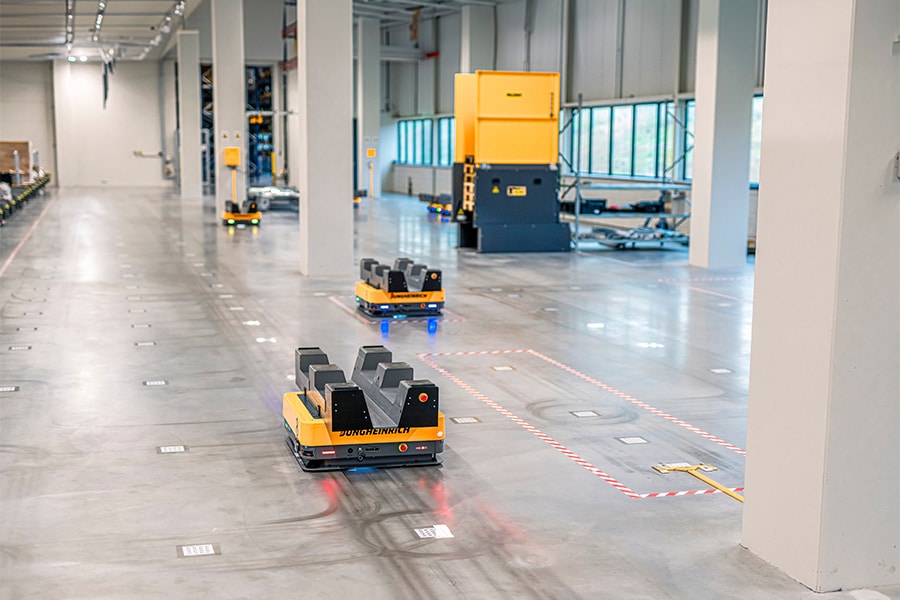
Geotechnical consulting firm in light embankment materials and geo-plastics
With nearly 15 years of experience in this field, Erik Kwast of geotechnical consulting firm Kwast Consult is frequently asked for his expertise. He is also chairman of the NGO, the Dutch Geotextile Organization.
Kwast Consult has specialist geotechnical knowledge of light embankment materials in infrastructure, such as Bims, EPS, foam concrete, etc. In addition, the consultancy firm is called in for risk analysis and environmental influences, such as vibration analyses and soil deformations with Plaxis. Also for the application of geosynthetics in infrastructure (foils, stability/foundation reinforcement, reinforced soil, pile mattress) and for the design of railroad infrastructure (tracks, underpasses, overhead line foundations according to OVS/RLN), clients have come to the right place at Erik Kwast. Kwast Consult works for governments, engineering firms, suppliers and contractors.

Light uplift materials
To make areas with weak, low load-bearing soil ready for construction, the land must be raised. "Traditionally, people apply sand under the area to be paved (infrastructure), but this causes settlement problems during construction and for many years after completion," Kwast states. "Increasingly, lightweight fill materials are being used to construct low-settlement infrastructure, such as Bims, Argex, EPS and foam concrete. Each type has specific characteristics that affect the application possibilities per site and project. Based on a variant study and the boundary conditions - cost, groundwater level, settlement requirements, etc. - we provide the right advice and, if required, provide execution supervision of the application of light fill materials in projects. Aspects such as rapid construction, low settlement and minimal environmental impact speak in favor of applying light fill materials. For example, we are involved in the reconstruction of various neighborhoods in the municipality of Woerden, the large-scale reconstruction of the southern ring road of Groningen (Aanpak Ring Zuid) and De Groene Boog A16 in Rotterdam. The latter two projects are carried out within Joosten Concepts, a partnership between Joosten Plastics and various producers, engineers and contractors. The great strength of this cooperation: OLA, or Design, Supply and Application."
Geosynthetics in infrastructure
Geosynthetics offer many (unknown) application possibilities. "Better, different, more efficient, environmentally friendly, more sustainable or cheaper design and construction is possible in many cases with the application of geo-plastics," Kwast continued. "We have extensive experience in designing foil structures for tunnel entrances and foundation and stability reinforcement for roads and railroads, for example. By working with geo-plastics, the necessary optimizations are generally achieved. Space requirements can also be reduced by setting up steeper slopes. Designing with geosynthetics is specialized work. That does not alter the fact that it will be used more and more often," Kwast expects. "Materials are becoming more familiar and it is becoming increasingly difficult to build traditionally in limited spaces. Geosynthetics are also extremely interesting from a cost perspective."
For working out economic designs, Kwast Consult has many years of geotechnical expertise and experience with many dozens of completed projects to its name.




